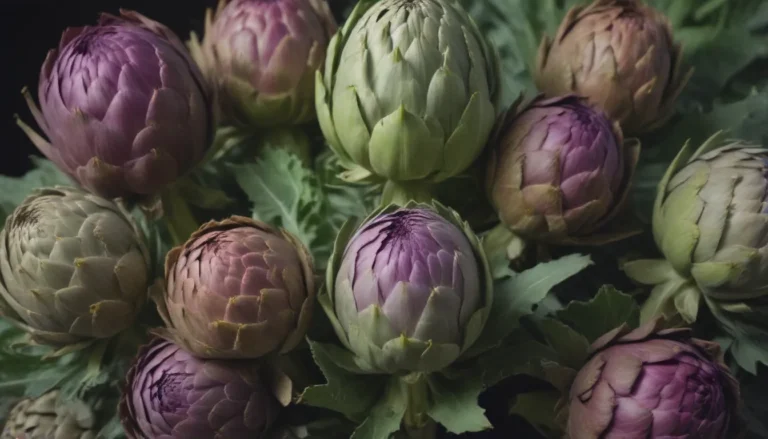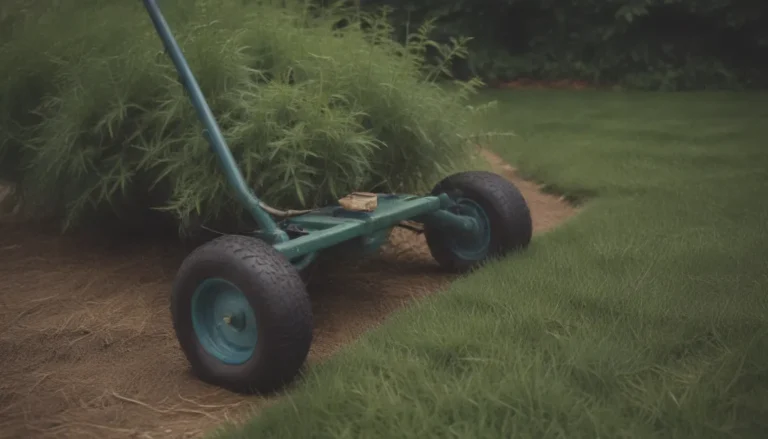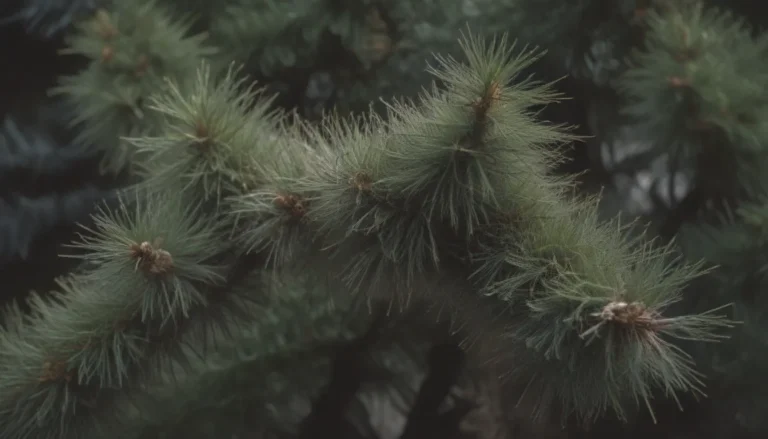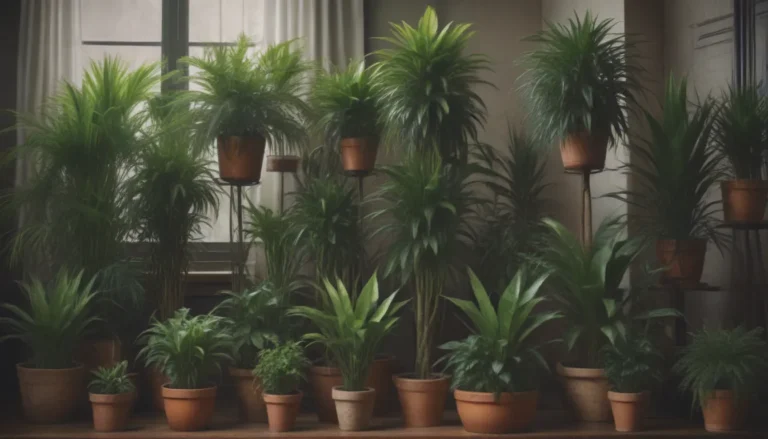The Complete Guide to Growing and Caring for Banana Trees
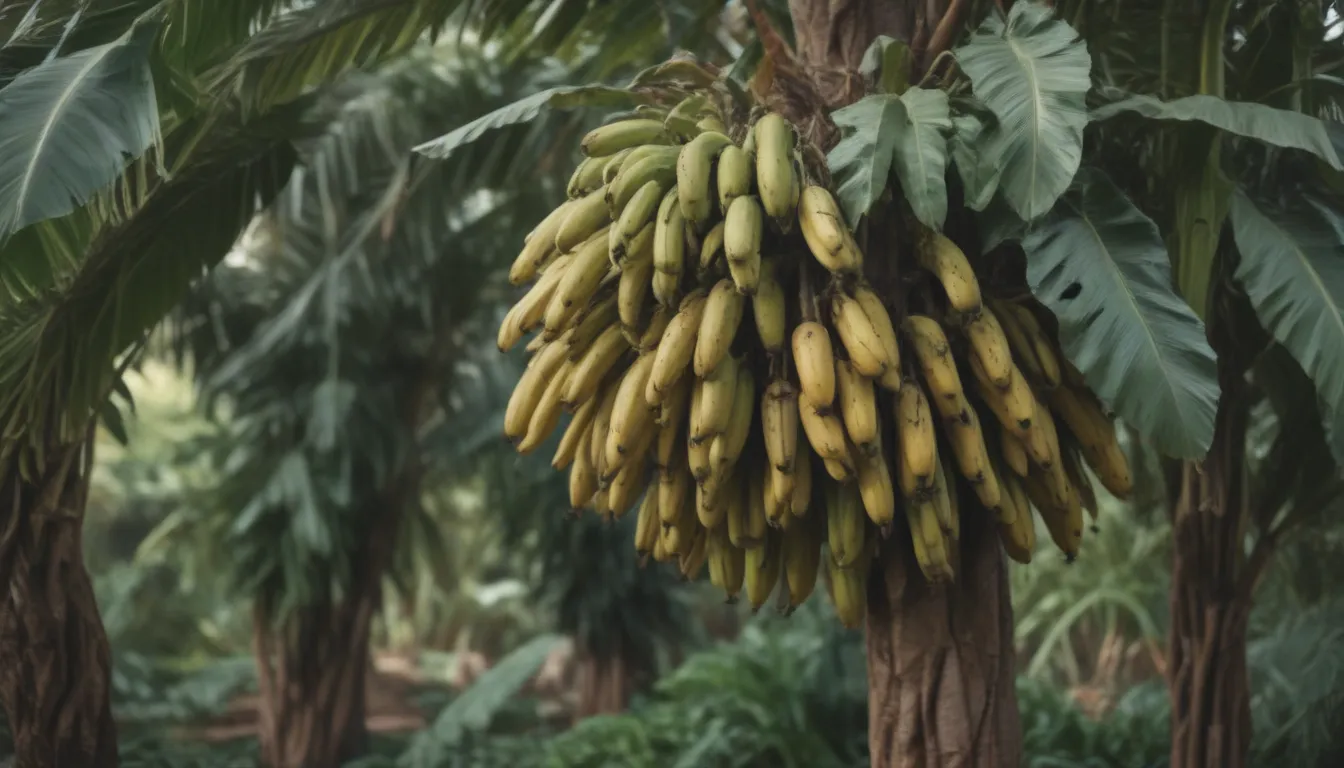
Are you looking to add a tropical touch to your garden or home? Banana trees are a fantastic option, providing lush green foliage and the potential for tasty fruit if grown in the right conditions. In this comprehensive guide, we will explore everything you need to know about growing and caring for banana trees, from light and soil requirements to pruning and propagation tips.
Getting to Know Banana Trees
Banana trees belong to the Musa genus and are herbaceous plants with large, upright stalks and bright green leaves. Despite their common name, bananas are not actually considered trees due to their lack of a wooden stem. These plants produce showy flowers in the spring, which eventually give way to delicious green or yellow fruit.
No matter the size of your outdoor space or living area, there is a banana tree variety that will fit your needs. While bananas can thrive outdoors in the right climate, they also make excellent houseplants, as long as they receive enough sunlight.
Types of Banana Trees
There are numerous species and varieties of banana trees available, including Musa acuminata, Musa ornata, and Musa basjoo. Each type offers unique characteristics, so you can choose the one that best suits your preferences and growing conditions.
Banana Tree Care Tips
While banana tree species may vary in appearance and size, they all share similar care requirements. By following these essential care tips, you can help your banana tree thrive and potentially produce fruit.
Light
Most banana plants prefer full sun, meaning they require at least six hours of direct sunlight each day. However, some varieties are sensitive to sunburn and may do better in partial shade. If growing your banana tree indoors, place it near a south- or west-facing window to ensure it receives adequate sunlight.
Soil
Banana trees thrive in organically rich, well-draining soil with a slightly acidic pH level between 5.0 and 6.5. These plants are not tolerant of salty soil conditions, so it’s crucial to provide them with the right type of soil to support their growth.
Water
Being tropical plants, banana trees require consistent moisture to thrive. Water your banana tree regularly to keep the soil evenly moist, but be careful not to overwater, as this can lead to root rot. In outdoor settings, planting banana trees close together can help retain moisture in the leaves.
Temperature and Humidity
Banana trees prefer warm, humid conditions with temperatures ranging between 75 and 95 degrees Fahrenheit. They thrive in high humidity environments, so misting the leaves regularly can help maintain the optimal level of moisture for healthy growth.
Fertilizer
Banana trees are heavy feeders and benefit from regular fertilization. Use a complete fertilizer with an N-P-K ratio such as 8-10-8 monthly during the growing season. Additionally, mix compost into the soil each spring to increase organic matter content and support healthy growth.
Pruning and Propagation
Proper pruning and propagation techniques can help you maintain the health and productivity of your banana tree. Here are some essential tips for pruning and propagating banana trees:
Pruning
If you are growing a banana tree for its fruit, prune the plant so that it has only one main stem. Once the tree has been growing for six to eight months, leave one sucker at the base, which will replace the main stem in the next growing season. After harvesting the fruit, trim the main stem down to 2.5 feet and remove the rest of the stem after a few weeks, leaving the replacement sucker intact.
Propagation
The best method for propagating banana trees is through division. Wait until the suckers are at least 12 inches tall and have developed their own roots before separating them from the parent plant.
Potting and Repotting Tips
Potting your banana tree allows you to bring it indoors during cold weather and overwinter it. Here are some tips for potting and repotting banana trees:
- Use at least a 15-gallon container for optimal growth.
- Ensure the pot has large drainage holes and use a loose, organically rich potting mix.
- Divide and repot container banana trees every three years to separate any suckers from the parent plant.
- Keep in mind that potted banana trees have higher watering and feeding needs compared to those grown in the ground.
Common Pests and Diseases
Banana trees are susceptible to a variety of pests and diseases, so it’s essential to stay vigilant and take preventative measures. Some common pests and diseases that can affect banana trees include aphids, black banana weevils, nematodes, scarring beetles, root rot, leaf spot disease, wilt, and powdery mildew.
By monitoring your banana tree regularly and addressing any pest or disease issues promptly, you can help ensure its continued health and vitality.
Conclusion
Growing and caring for banana trees can be a rewarding experience, whether you’re aiming to enjoy their lush foliage or hoping to harvest your own delicious fruit. By providing your banana tree with the right conditions, such as adequate sunlight, water, and nutrients, you can help it thrive and potentially produce fruit.
Whether you choose to grow your banana tree outdoors or as a houseplant, following the tips and guidelines outlined in this guide can help you successfully cultivate a healthy and beautiful banana tree. With a little care and attention, you can enjoy the tropical beauty of banana trees in your own garden or home. Happy gardening!

